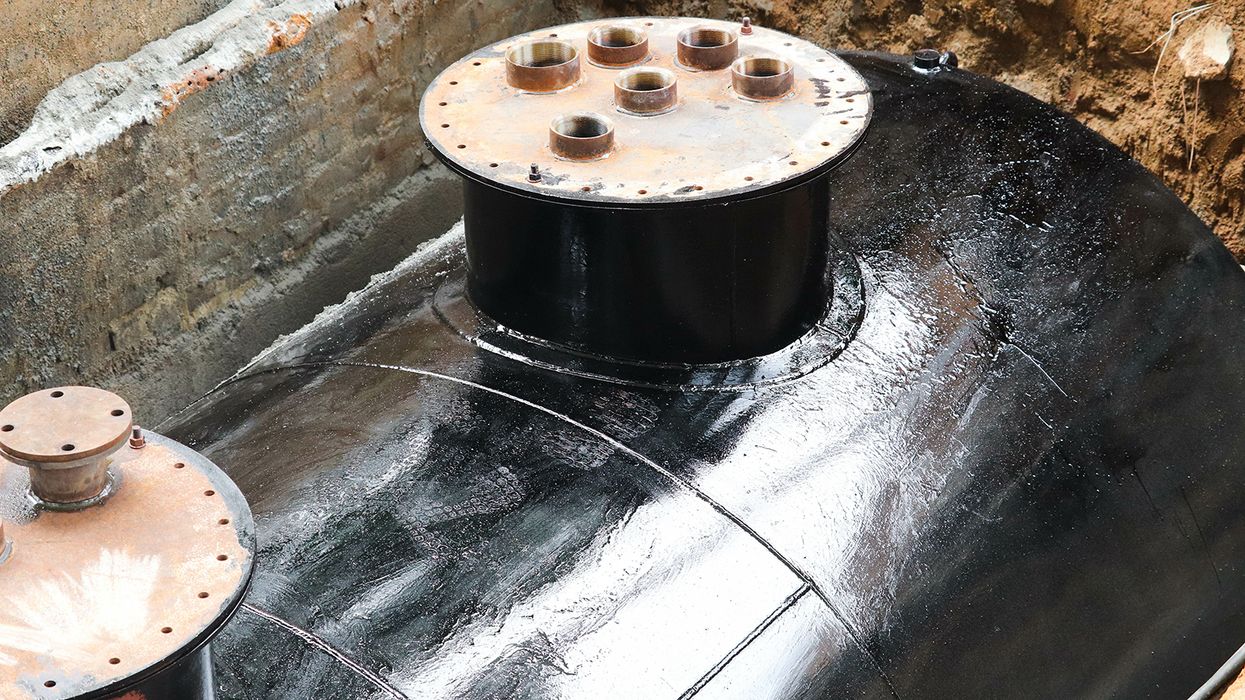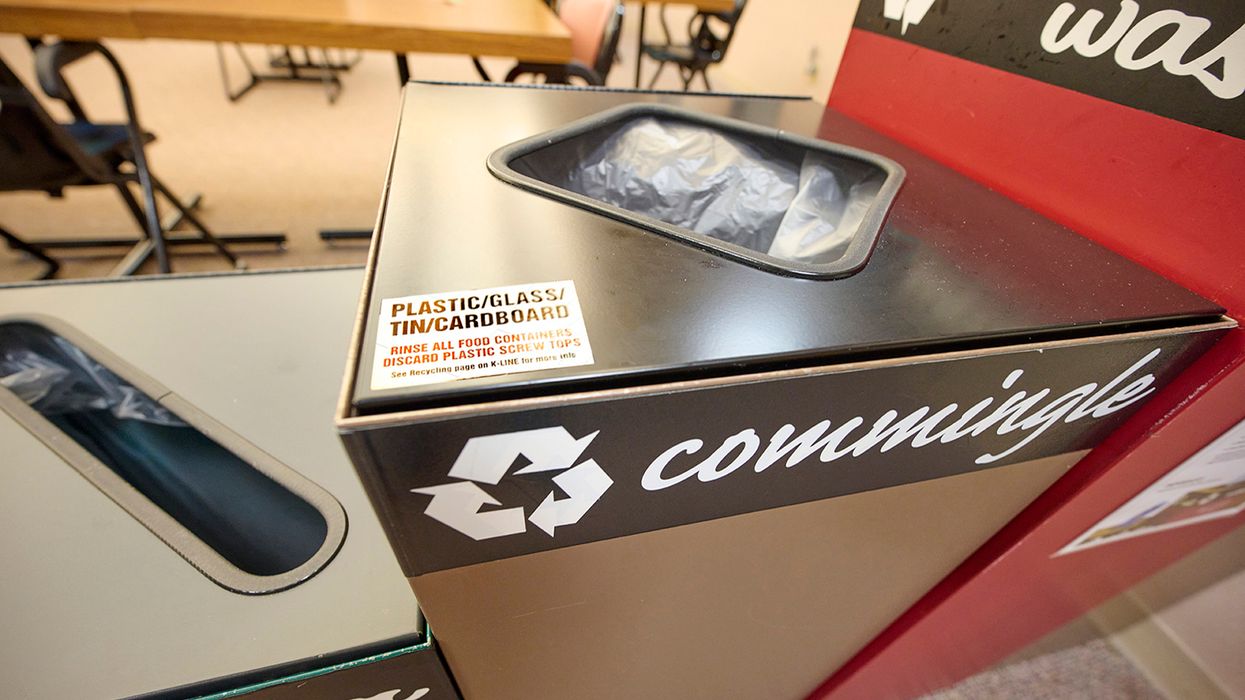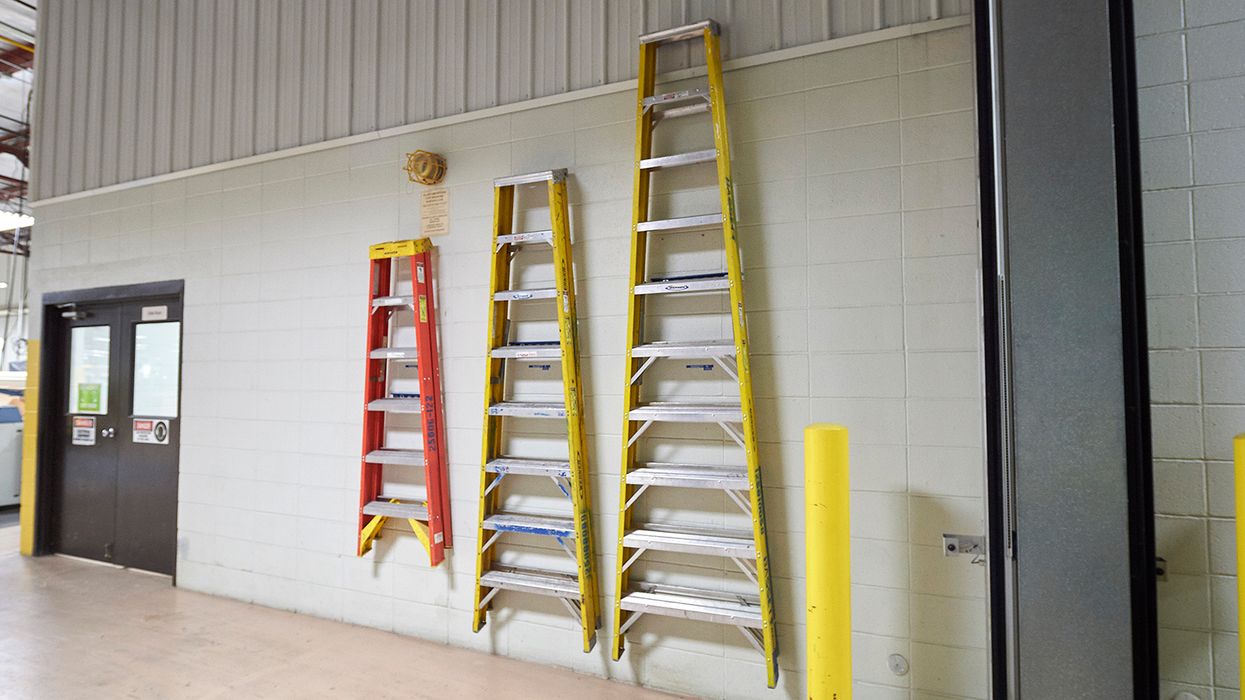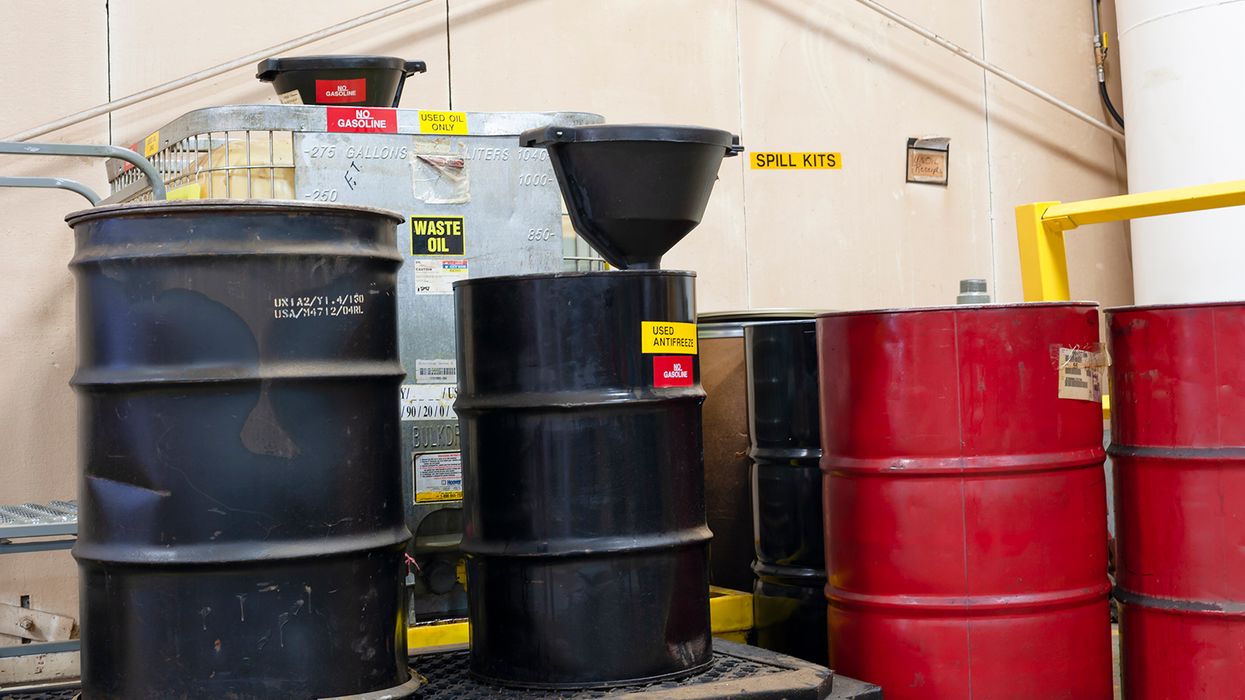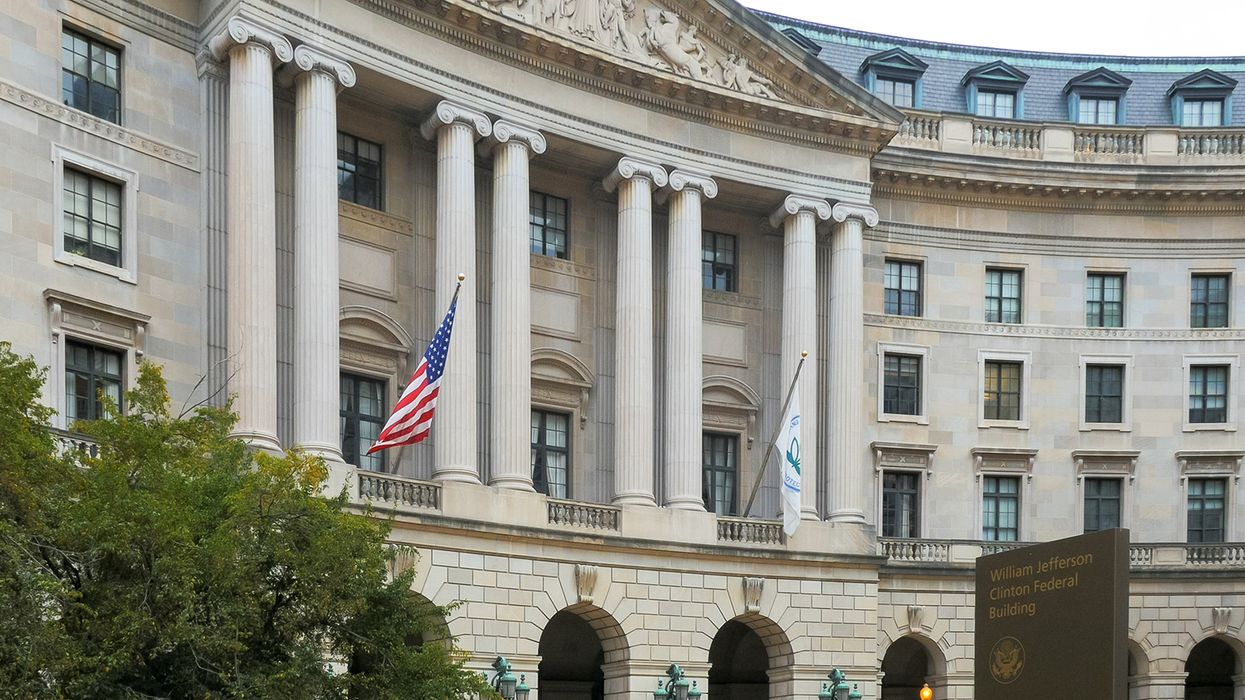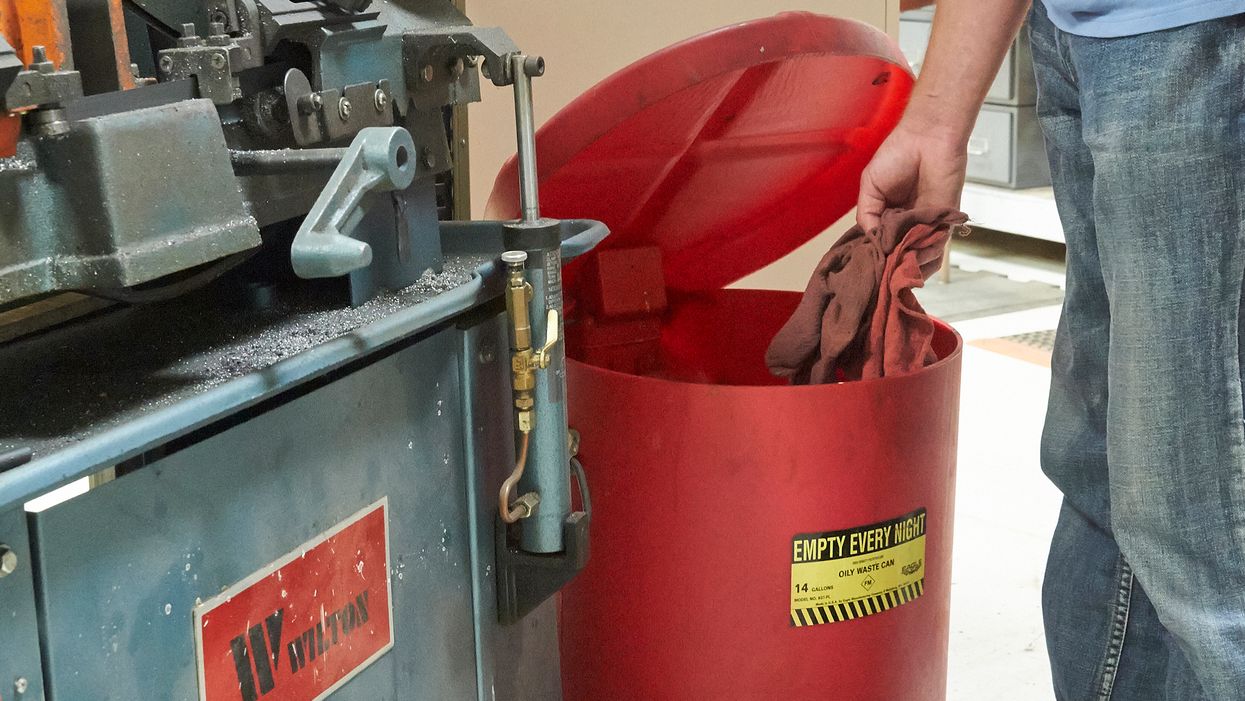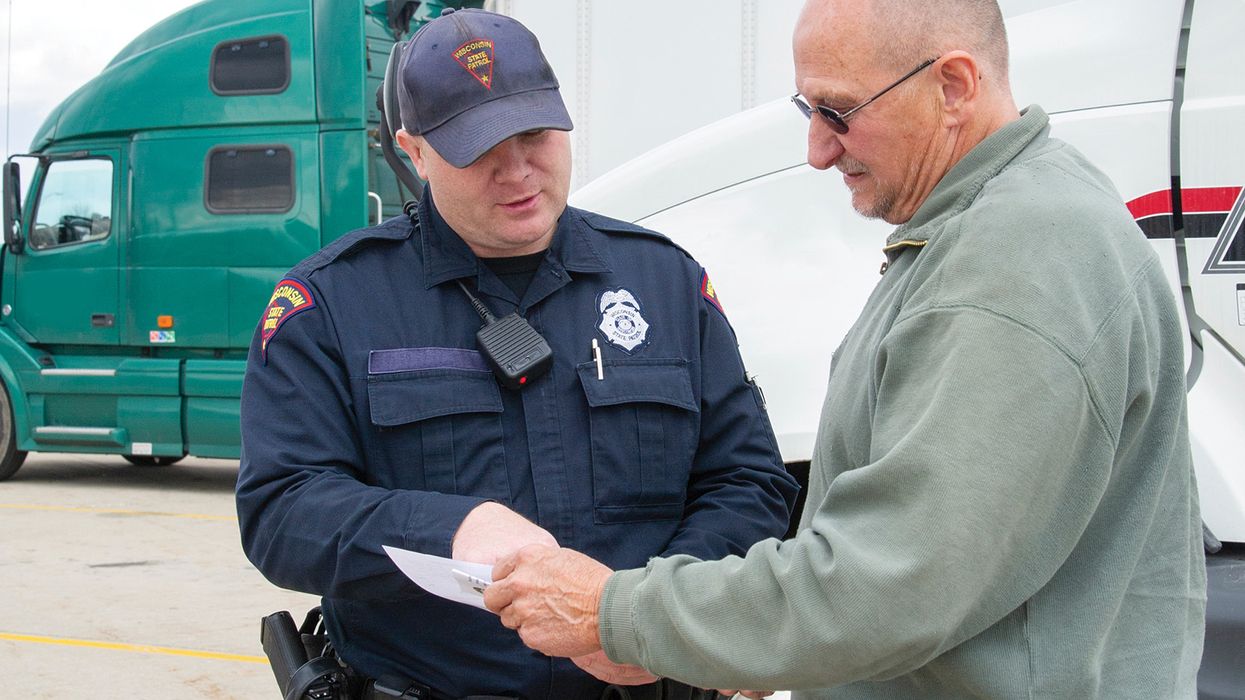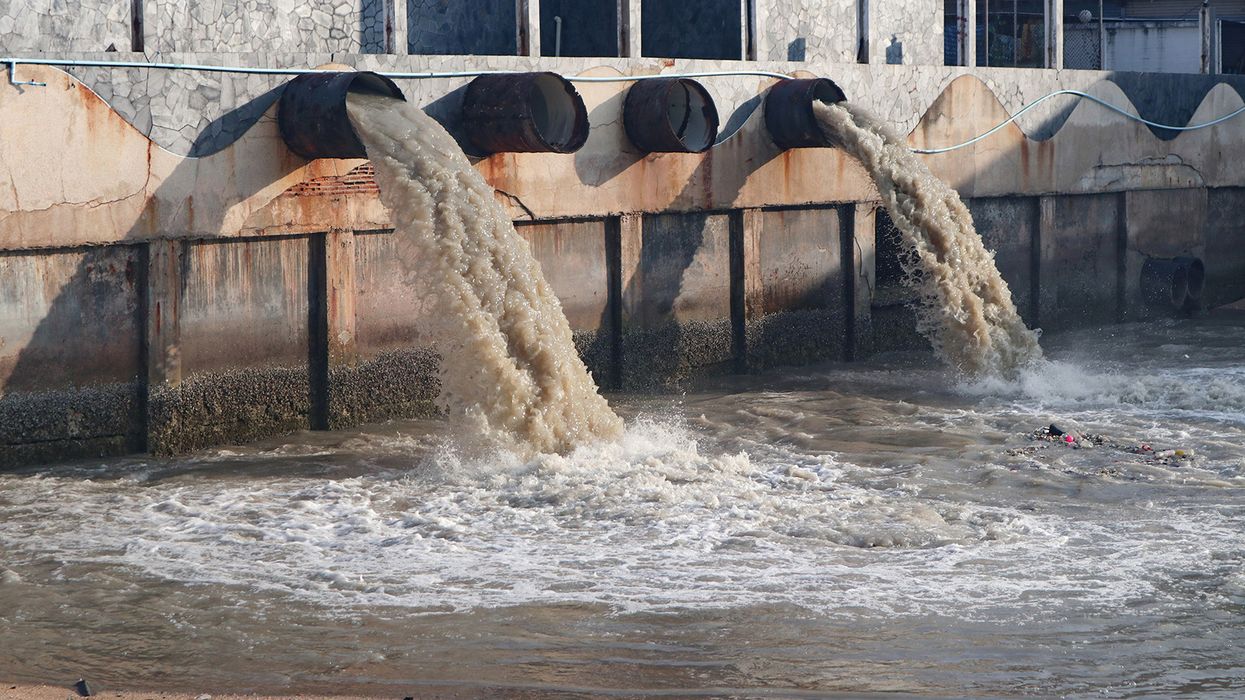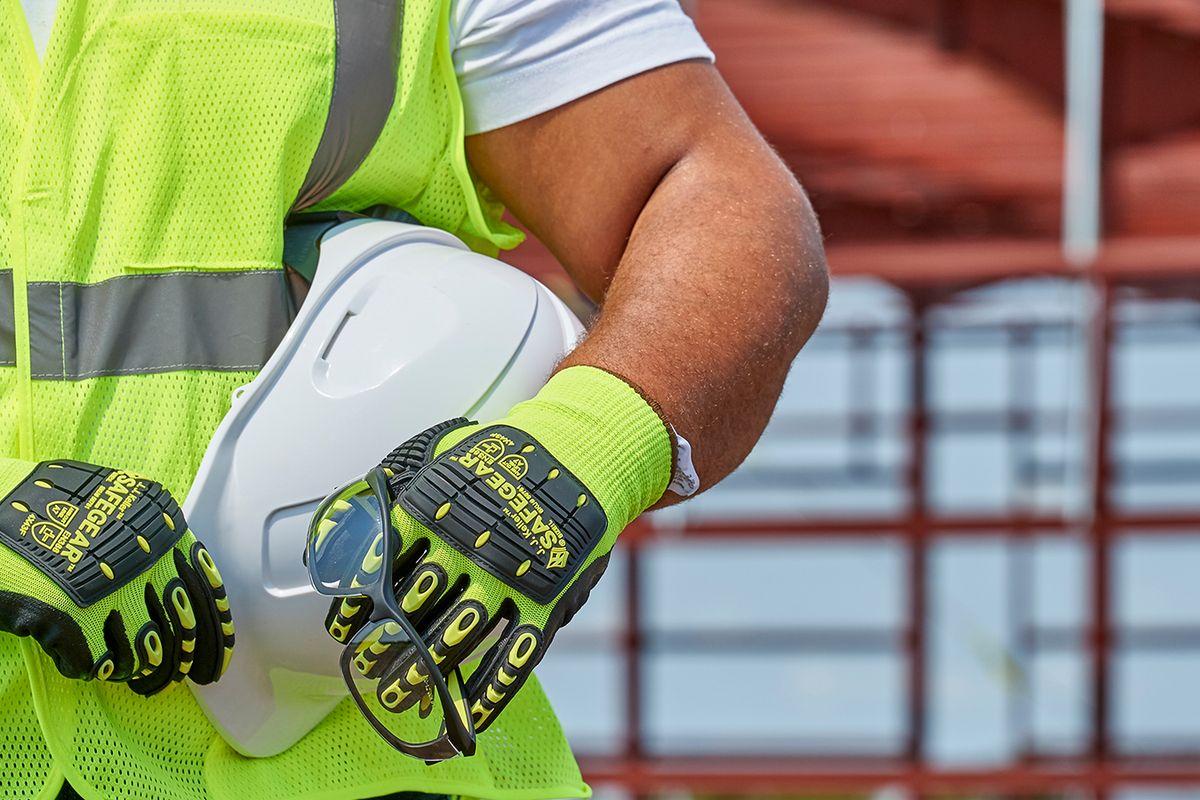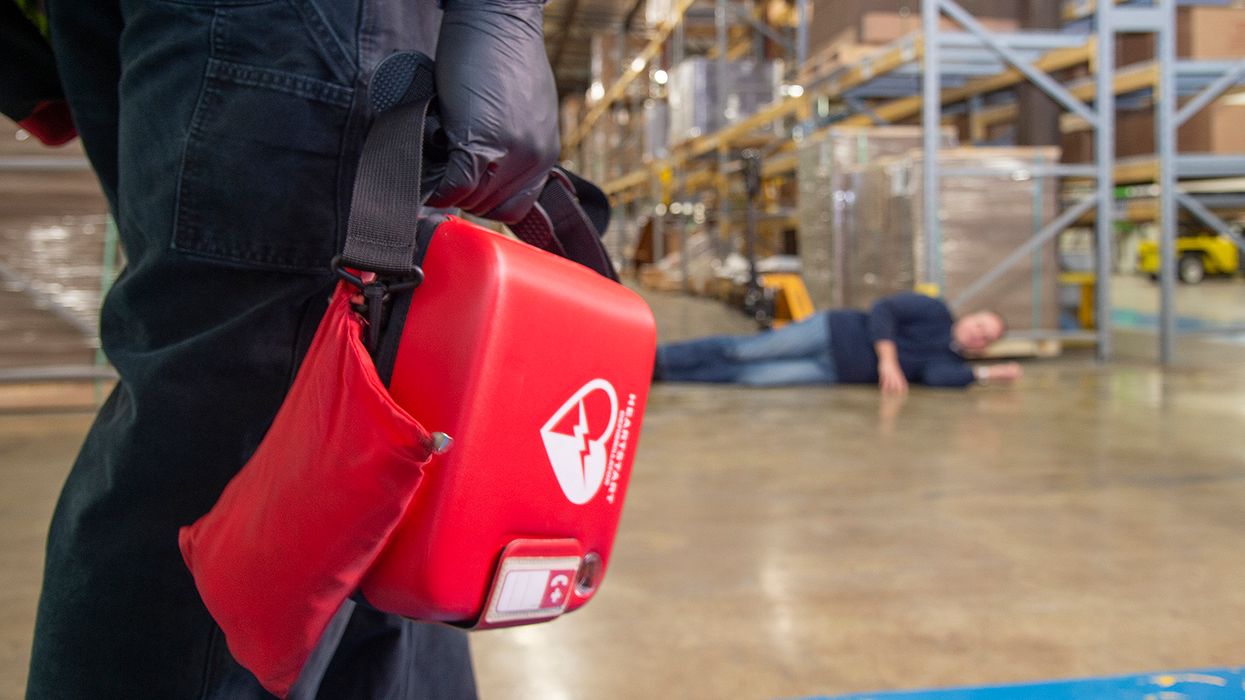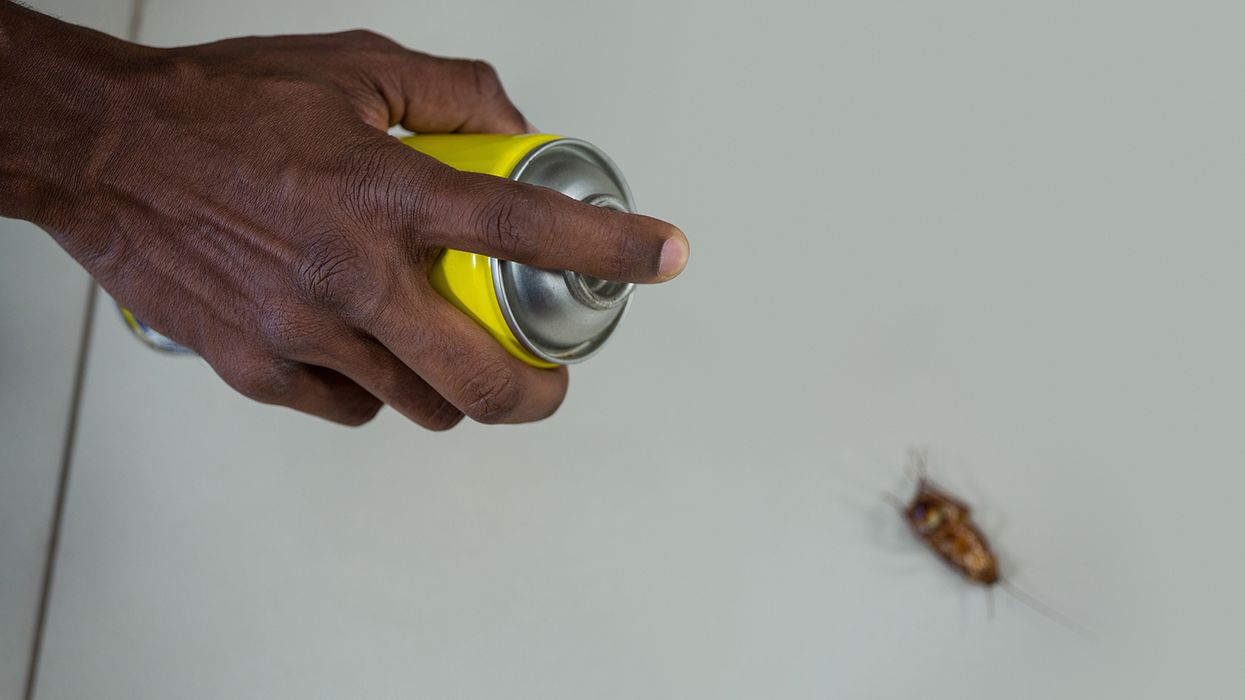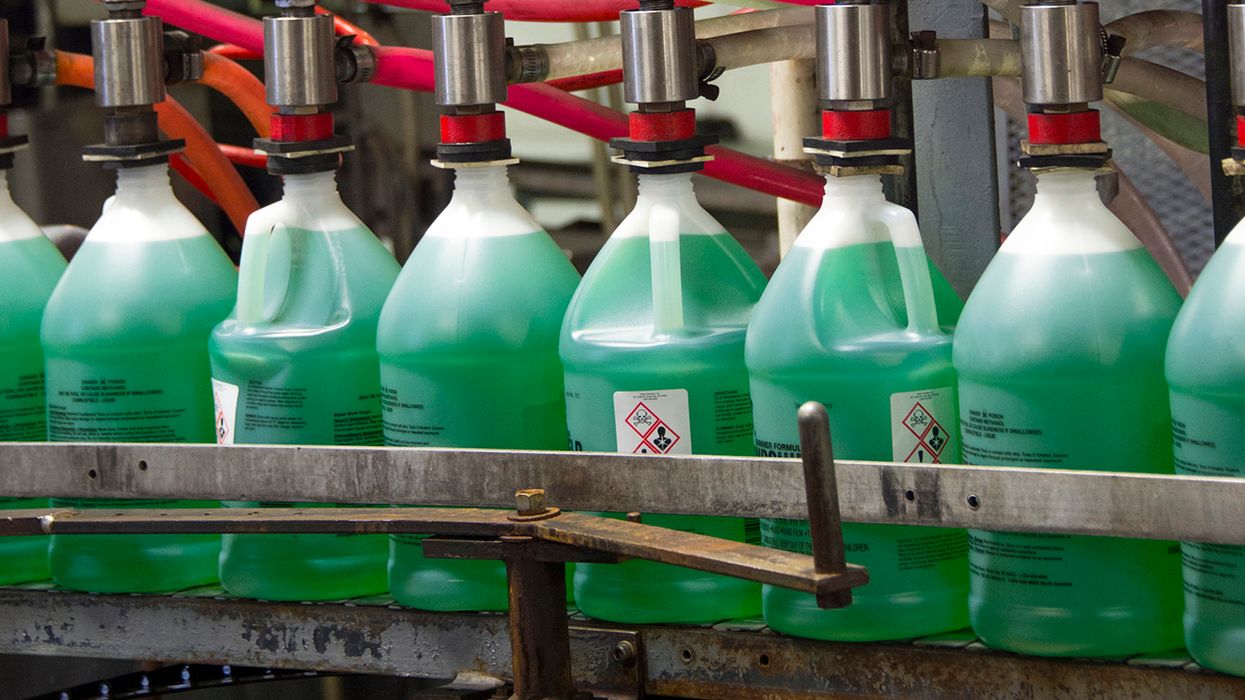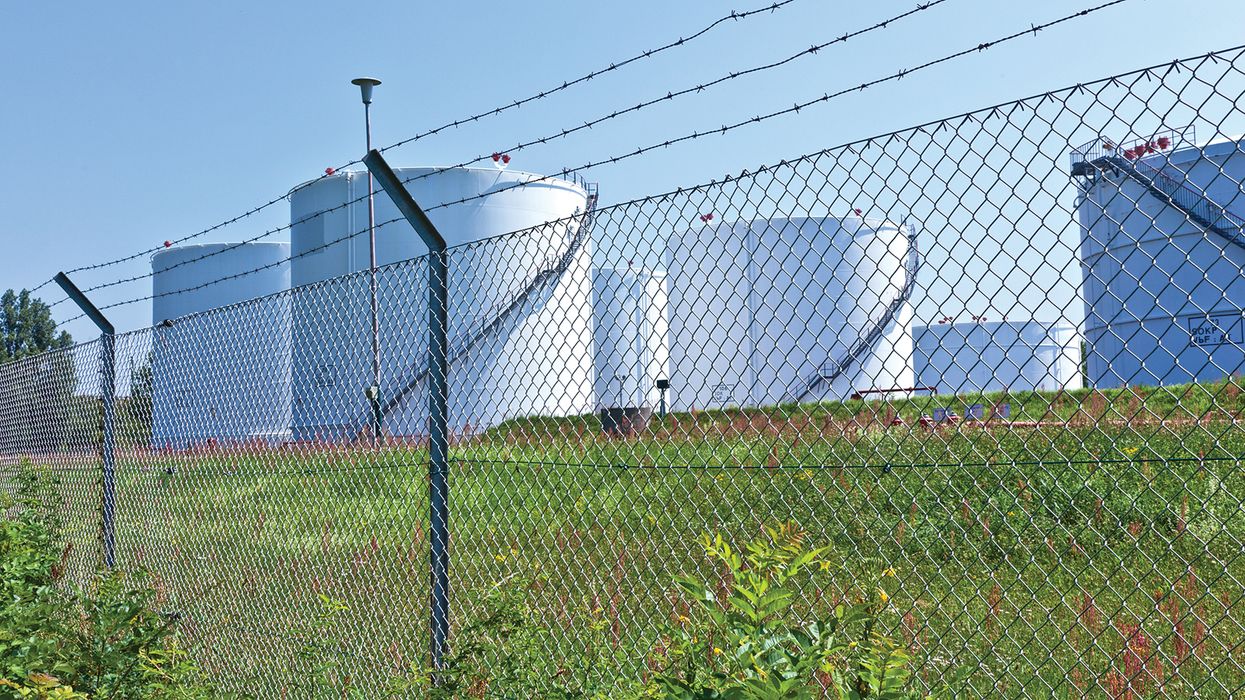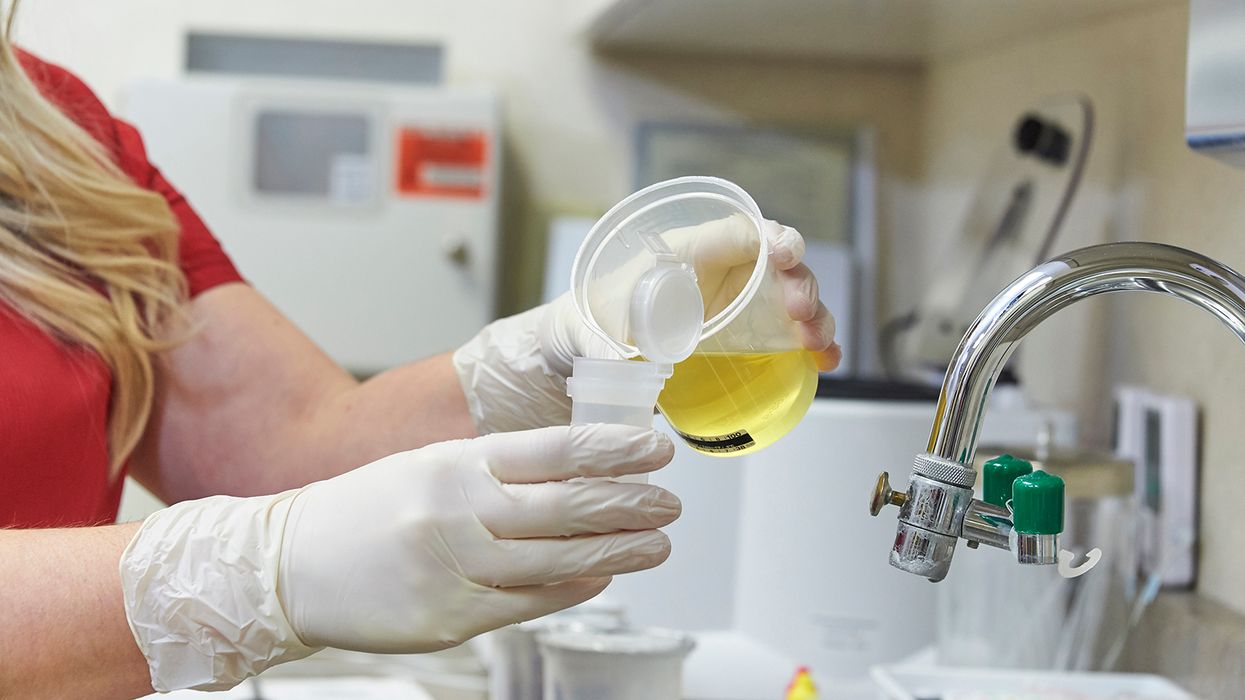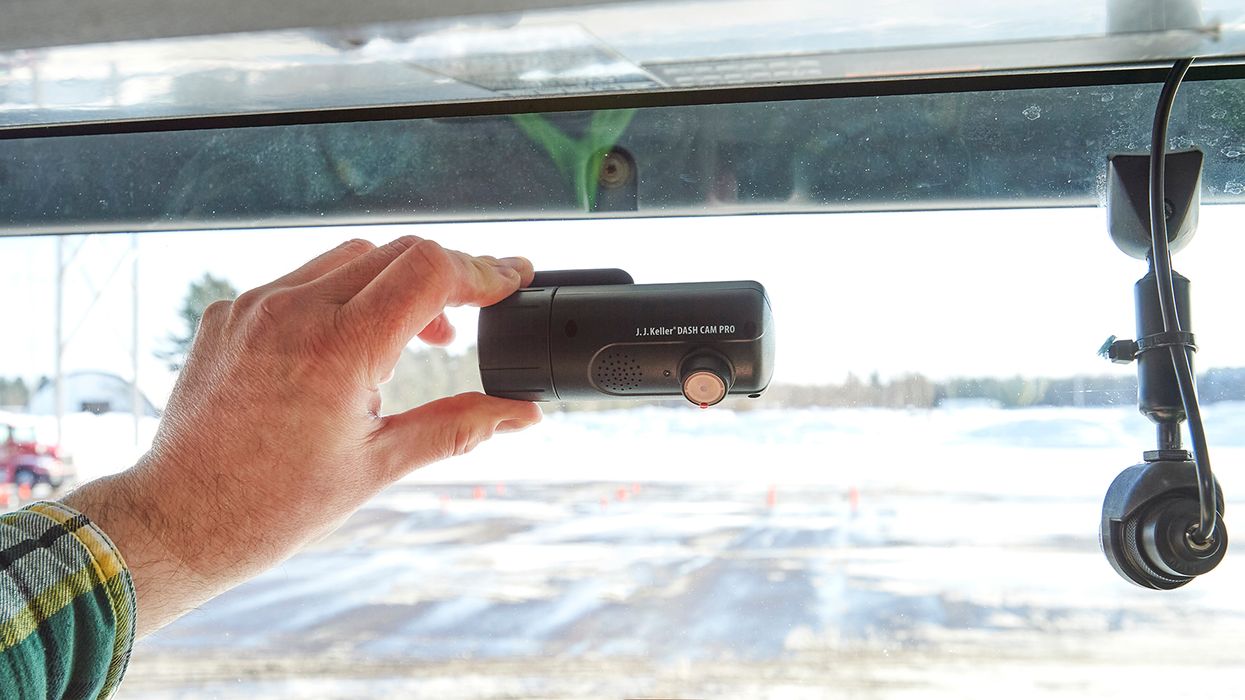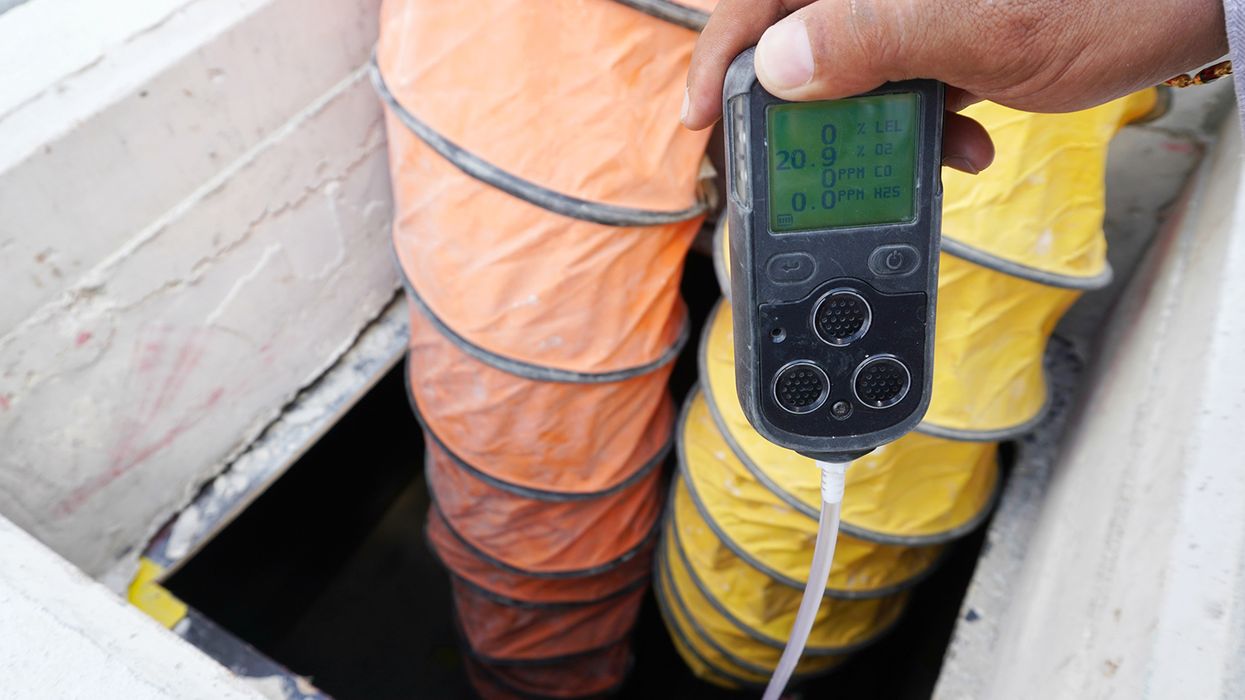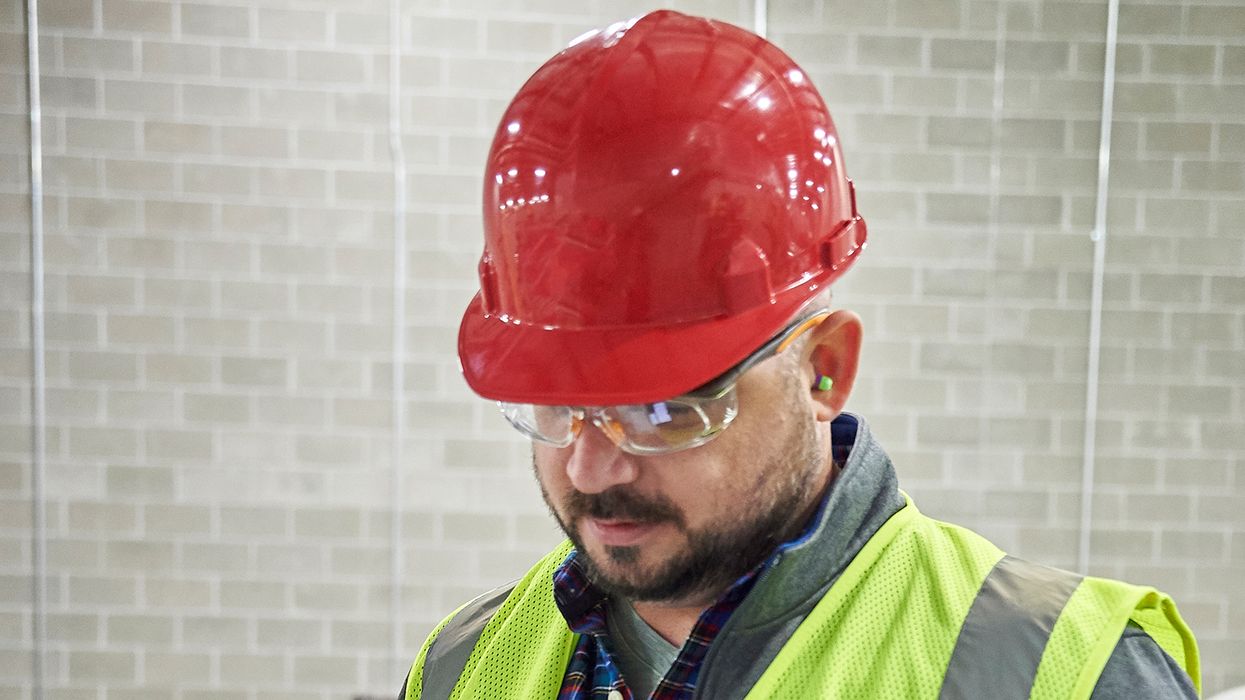TSCA Section 4 Test Orders: What are your facility’s options?
Did you know that the chemicals your facility makes and processes could be subject to additional testing requirements? Through a Section 4 Test Order under the Toxic Substances Control Act (TSCA), the Environmental Protection Agency (EPA) can require manufacturers (including importers) and processors to test and submit information on existing chemicals and mixtures through the agency’s Central Data Exchange (CDX).
For example, EPA issued the fifth TSCA Section 4 Test Order for per- and polyfluoroalkyl substances (PFAS) in October 2024. Five companies must submit information on the PFAS commonly known as 6:2 FTAc (used to manufacture plastics, resins, textiles, apparel, leather, and other chemicals), which the agency found may present an unreasonable risk of injury to human health or the environment.
How will your facility respond if it receives a TSCA Section 4 Test Order? Let’s look at the four response options.
First, submit the identification response
Entities that receive a test order must first submit an identification response within 30 days of the order’s effective date. You can identify as a manufacturer, processor, or both.
If you don’t manufacture or process the chemical or believe EPA mistakenly sent you the order, you may claim that you’re not subject to the order. Provide supporting information with the claim in the identification response.
Next, choose the initial response
Companies subject to the test order then submit an initial response to tell EPA how it will comply. There are four response options:
- Develop and submit the information,
- Submit information from an existing study,
- Apply for an exemption, and
- Join a consortium.
You can choose a different response for every test required by the order. Let’s zoom in on each option.
Option 1: Develop the information
The most straightforward response is to conduct the test(s) and generate the information. The order contains everything you need to know, including:
- The tests required,
- The methodologies and protocols you can use, and
- The applicable deadlines.
Option 2: Submit existing information
Alternatively, if you believe EPA hasn’t considered relevant information, you can submit an existing study and/or other relevant information. Include a rationale document that explains how the existing information you present fulfills the test order’s requirements and which information it covers (i.e., Does it provide parts of or all the needed information?).
If EPA finds any of the existing data you submit acceptable, the agency will remove the obligations in the test order that the existing information fulfills. However, if the agency determines the existing information isn’t acceptable, you must submit a different response option within 10 days of EPA’s rejection.
Option 3: Request an exemption
EPA grants exemptions to avoid duplicating information. You may be exempt from a test order if:
- Information on an equivalent chemical was already submitted or is being developed, or
- Information on an equivalent chemical is being developed for a TSCA Section 4(a) rule, order, or consent agreement.
Include with your exemption application a rationale document that identifies:
- The chemical substance subject to the order,
- The testing requirements from which you seek exemption,
- Which companies submitted or are developing information for an equivalent chemical substance if your exemption request relies on information generated by others,
- The chemical identity of the equivalent substance,
- The required equivalence data, and
- Contact information.
You must also include a sworn statement of financial responsibility to reimburse the entity(ies) that paid the costs to submit the testing information if your exemption is granted.
Option 4: Join a consortium
EPA allows companies subject to the same test order to form a consortium to share the costs of generating the required information (including testing and fees).
To begin, inform EPA individually of the specific chemicals and tests you plan to address through a consortium. The individual designated as the lead in the consortium then submits the initial response on behalf of all entities in the group.
Organizations interested in joining a consortium must contact EPA’s TSCA Hotline by email (tsca-hotline@epa.gov) or phone call ((202) 554-1404).
Test order tips
Consider these helpful tips when choosing how to respond to a TSCA Section 4 Test Order:
- All communications for test orders occur through EPA’s CDX system, so ensure your company has registered with CDX and assigned the appropriate roles to each user.
- Keep a record of the automated email from CDX confirming receipt of your initial response.
- You’ll receive a response from EPA that either:
- Requests more information to support and/or clarify your response, or
- Confirms receipt of a well-substantiated response requiring no further action.
Key to remember: EPA’s TSCA Section 4 Test Orders require manufacturers (including importers) and processors to develop information on existing chemicals. Companies subject to the order have four response options.




















